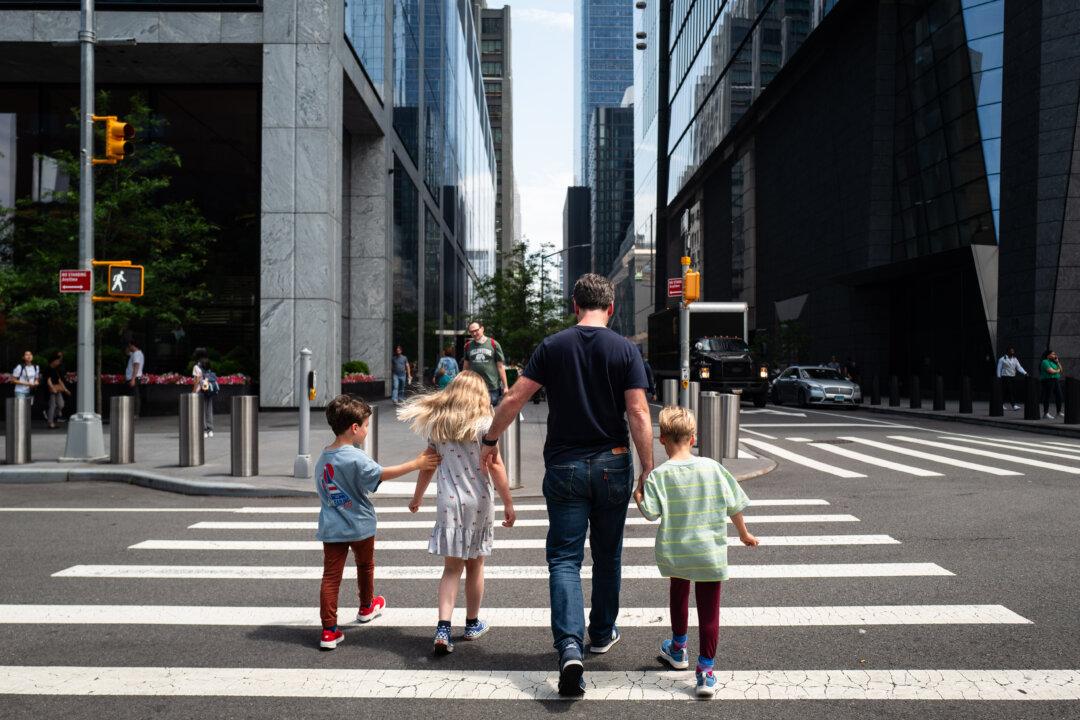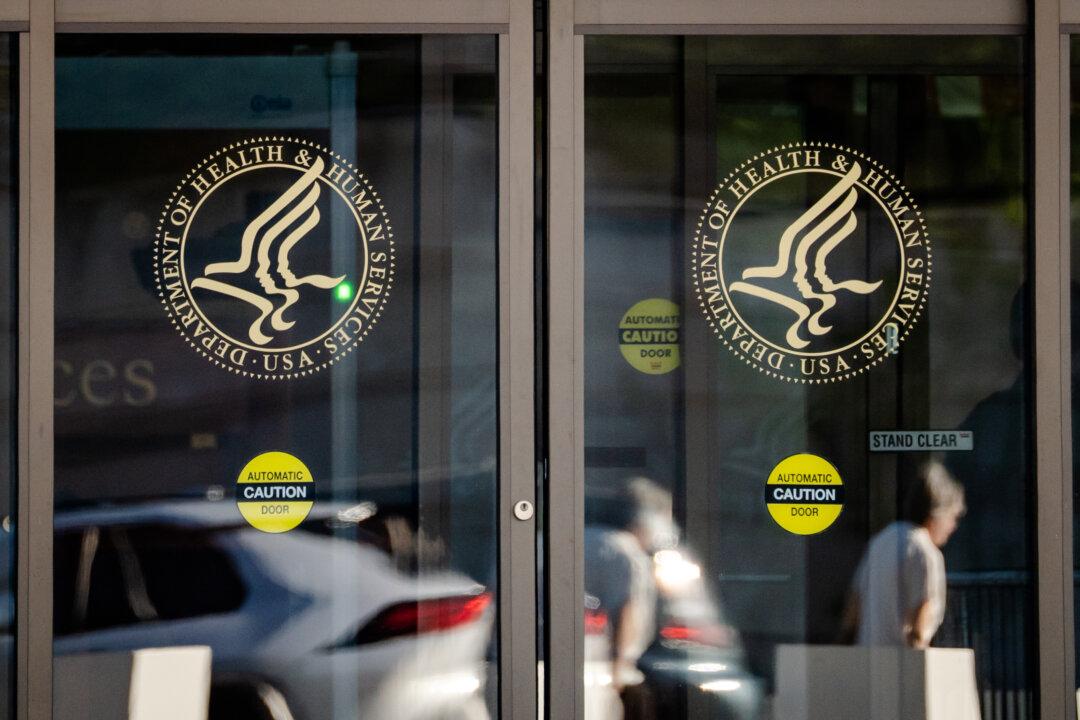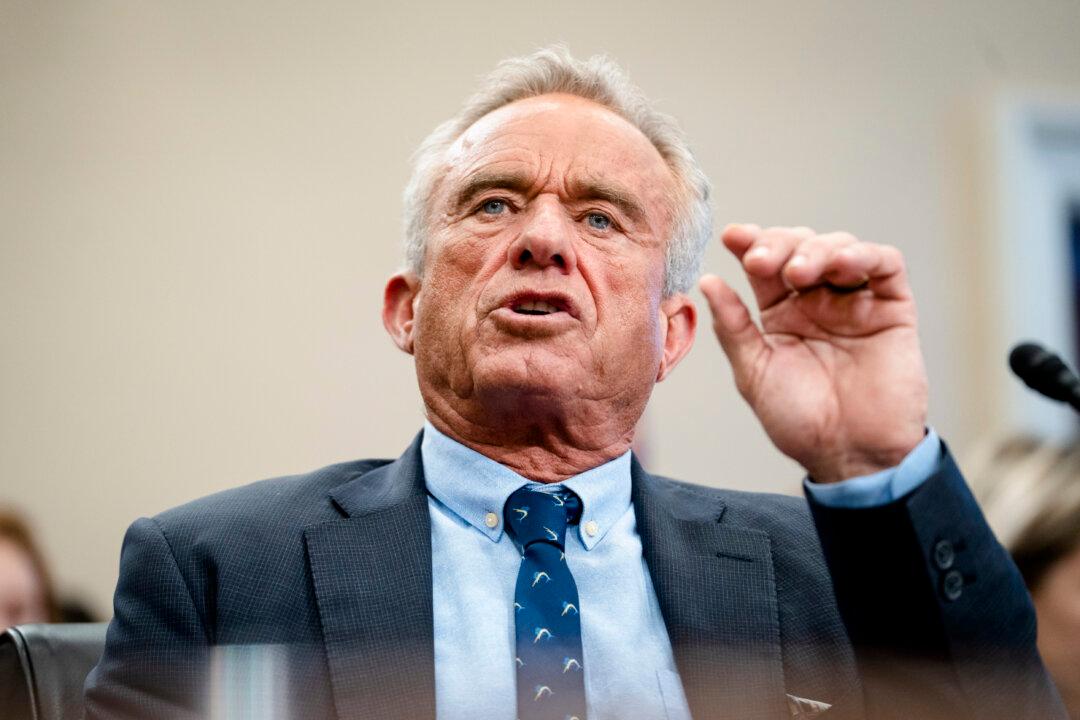Transportation officials from both the U.S. and South Korea spoke to the four pilots who were flying the Boeing 777 that crashed on July 6 at the San Francisco airport, yielding new information--which seems to show that human error caused the crash. Other evidence has emerged that could point to a mechanical error. Meanwhile, much investigative work remains.
The interviews were delayed because National Transportation Safety Board officials were waiting for Korean officials to arrive for group interviews, in part because of a need for some translation.
Interviews Appear to Add to Case for Human Cause of Crash
Investigators found out that the pilot who was flying the plane as it approached the airport and attempted to land has been flying since 1994, has 9,700 hours of total flight time and about 5,000 hours as pilot-in-command--but has only flown a Boeing 777 for 10 flights and about 35 hours, and was still working on his initial operating experience for 777s, which takes 20 flights and 60 flight hours.
Sitting next to him as the plane descended and helping maneuver the aircraft was another pilot—who has 13,000 hours of flight time, and about 3,000 hours in Boeing 777s, but was serving as an instructor pilot for the first time. This pilot previously served in the Korean Air Force for a decade.
Seated behind these two pilots in a position where he couldn’t see the runway the entire time was a third pilot, or the relief first officer. The plane, on a nearly 11-hour flight from South Korea after originating in China, had two sets of two pilots so one set could rest and eat while the other flew.
At the time of descent, the fourth pilot was not in the cockpit. He was in the cabin.
The instructor pilot said in his interview that the plane was flying slightly high when it passed 4,000 feet and was headed toward the runway, while at 500 feet he began realizing that they were flying too low. He saw the precision approach path indicator lights, or a set of four lights beside the runway, were not two white and two red as they ideally are when landing--instead the set was three red and one white, which indicates the plane is flying too low.
“Between 500 feet and 200 feet they had a lateral deviation and they were low,” said Deborah Hersman, chairwoman of the National Transportation Safety Board. “They were trying to correct at that point.”
At 200 feet the instructor pilot noticed the 4 PAPIs (the indicator lights beside the runway) were red, and recognized that auto throttles were not maintaining speed. He prepared for a go-around, or aborted landing, which means that the plane speeds up and loops around for another try at landing. The instructor pilot went to push the throttle forward but the other pilot had already pushed them forward.
Hersman didn’t give any more details about the descent but a day earlier said that the plane was going “significantly slower” than usual during the runway approach. The target speed is 137 knots but as the plane crosses the threshold of the runway, about three seconds prior to impact, the plane was traveling at its lowest speed of 103 knots, and as early as 200 feet in the air, or about 16 seconds prior to impact, the speed had dipped to 118 knots.
Here’s what else is known about the seconds immediately proceeding the crash, which appear to point to human error: Seven seconds before impact, someone in the cockpit asked for more speed after apparently noticing that the jet was flying far slower than its recommended landing speed. A few seconds later, the yoke began to vibrate violently, an automatic warning telling the pilot the plane is losing lift and in imminent danger of an aerodynamic stall. One and a half seconds before impact came a command to abort the landing.
One of the most puzzling aspects of the crash has been why the wide-body Boeing 777 jet came in far too low and slow, clipping its landing gear and then its tail on a rocky seawall just short the runway.
Potential Mechanical Failure
The plane’s airspeed has emerged as a key question mark in the investigation. All aircraft have minimum safe flying speeds that must be maintained or pilots risk a stall, which robs a plane of the lift it needs to stay airborne. Below those speeds, planes become unmaneuverable.
Hersman said that the pilots were relying on automated cockpit equipment to control the speed and realized too late they were flying too low and too slow before the crash.
The new details were not conclusive about the cause of Saturday’s crash, but they raised potential areas of focus: Was there a mistake made in setting the automatic speed control, did it malfunction or were the pilots not fully aware of what the plane was doing?
The pilot told investigators he realized the autothrottle was not engaged just seconds before they hit. Their last second efforts to rev the plane back up and abort the landing failed, although numerous survivors report hearing the engines roar just before impact.
“We just seemed to be flying in way too low. Last couple seconds before it happened the engines really revved into high gear. Just waaah! Like the captain was saying ‘oh no, we gotta get out of here.’ And then, boom! The back end just lifted up, just really jolted everybody in their seats,” said crash survivor Elliot Stone, who owns a martial arts studio in Scotts Valley.
Asked if the autothrottle was malfunctioning, Hersman said that is something investigators are looking into as they examine hundreds of parameters of data downloaded from the plane’s flight data recorders.
An overreliance on automated cockpit systems has figured in dozens of air crashes and incidents in recent years.
“Some people, if they believe the autothrottles are engaged and if they are used to flying with the autothrottle engaged, will not realize that the autothrottles are not engaged and will let the plane get pretty slow. That has come up before,” said John Cox, an aviation safety consult and former Air Line Pilots Association accident investigator.
Hersman said the pilots told investigators they were relying on automated cockpit equipment to control their speed during final approach, but NTSB officials say it is still unknown whether a mistake was made in programming the “autothrottle” or if the equipment malfunctioned.
Official: Too Early to Determine Probable Cause
The two pilots that were flying the plane during the landing had started the journey and rested for a couple hours before starting to fly it again about an hour and a half before arriving at San Francisco.
Although no mechanical errors that could have caused the crash have been detected yet, Hersman cautioned that it’s still too early to say the crash was caused by human error.
“We will not determine probable cause when we are here on scene, ” she said. “That will come after we have collected all of the information. There’s a lot of information that has to be gathered ... there’s a lot of work that remains to be done.”
Hersman didn’t give any dates in regards to when a preliminary report would be ready or when the investigation is expected to be over.
Some People Remain in Hospital
Saturday’s crash killed two people but remarkably 305 others survived, most with little or no physical injuries.
More than 180 people aboard the plane went to hospitals with injuries.
The passengers included 141 Chinese, 77 South Koreans, 64 Americans, three Canadians, three Indians, one Japanese, one Vietnamese and one person from France.
South Korean officials said 39 people remained hospitalized in seven different hospitals in San Francisco.
Investigation Continues
Different teams from the National Transportation Safety Board, which investigates train, plane, and other transportation crashes and incidents, are still going over the plane crash scene. One team is working on obtaining a passenger manifest so they know where everyone was sitting, and went inside the plane for the first time, removing overhead bags and other personal effects, documenting what was inside the cabin, and sifting through the burned wreckage in the section where there was a fire after the crash.
Hersman said she walked the entire accident site, from the aircraft to the seawall, and saw pieces of the cabin “very early on in the debris field,” or close to the seawall. There were aircraft parts, galley materials, newspapers, magazines, and flooring strewn about.
Two flight attendants who were not seated when the plane first hit the wall ended up being ejected outside, and were found off the runway. “They survived but they obviously had gone through a serious event and have injuries,” said Hersman.
Among other aspects of the crash that remain unclear is that some of the slides, or what are used in emergencies to evacuate people or typically to take luggage into planes, deployed inward instead of outward. Investigators are trying to determine how many of the eight slides did this and where exactly they were located. The board will give another update on the investigation tomorrow.
The Associated Press contributed to this report.





